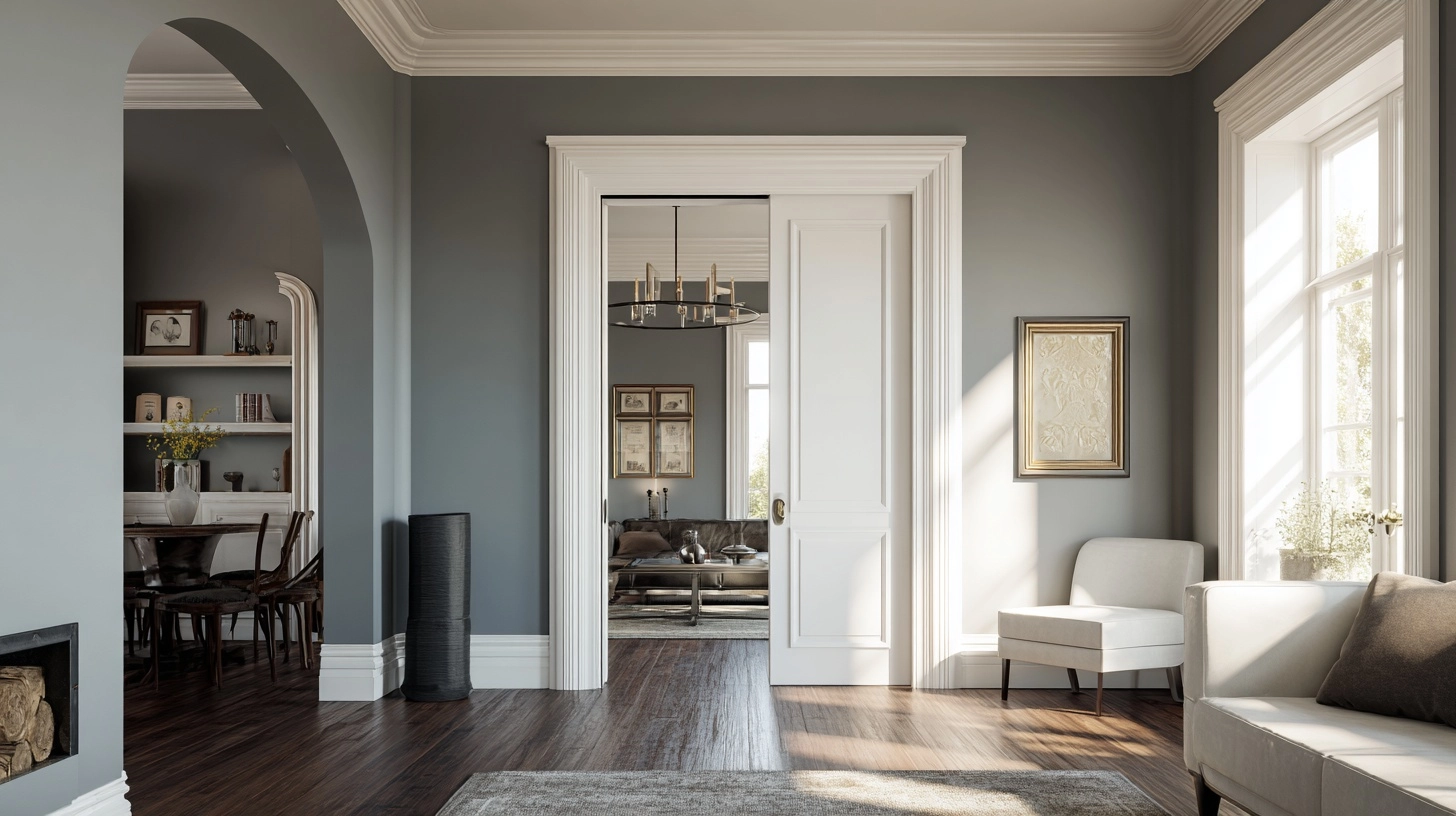
Smart Space Planning for Modern Arizona Homes in 2026

Why Smart Pocket Doors Are Making a Comeback in 2026

Remodeling a bathroom is one of the most rewarding home improvement projects. It not only adds value to your property but also enhances the comfort and functionality of one of the most important spaces in your home. However, understanding the costs involved is crucial for successfully managing the project and avoiding unexpected expenses. In this article, we will break down the key cost elements of a bathroom remodel, providing you with a clear picture of what to expect and practical tips to keep your budget on track.
When planning a bathroom remodel, several factors can influence the overall cost. The major components include the size and layout of the bathroom, the quality of materials used, labor costs, and the scope of the project. For a standard mid-range remodel, expect to spend between $25,000 and $50,000. However, high-end remodels can soar above $50,000, depending on the selections and customizations involved.
Size and Layout: Larger bathrooms naturally require more materials and labor, increasing costs. Additionally, making significant changes to the layout, like moving plumbing fixtures, can add to the expense due to the need for additional plumbing and electrical work.
Materials: The choice of materials — from tiles and flooring to fixtures and fittings — plays a significant role in the overall cost. While luxury materials like marble and high-end fixtures from brands like Kohler or Toto add elegance, they come with a higher price tag compared to standard options.
Labor: Skilled labor is essential for a high-quality finish. Hiring experienced contractors and tradespeople ensures the job is done right, but it also adds to the cost. Labor charges may vary based on location and the complexity of the work involved.
Scope: The extent of the remodel—whether it's a full gut and redesign or just a cosmetic update—will impact the final bill. A complete overhaul that involves updating plumbing, electrical systems, and installing new fixtures will cost more than simply refreshing the space with new paint and accessories.
Breaking down your bathroom remodel budget into essential components helps in managing costs effectively and avoiding surprises. Here’s a practical cost guide for key elements:
Bathtubs and Showers: Expect to spend between $1,500 and $3,000 for bathtubs, with custom designs and premium materials costing more. A standard shower installation may range from $1,200 to $5,000, depending on features and finishes.
Vanities and Cabinets: These can range from $1,500 for stock options to $5,500 or more for custom-built units. The finishing, countertop materials, and added features like double sinks will influence the price.
Toilets: Basic models start at about $250, but high-efficiency and designer toilets can go up to $1,000+.
Flooring: Tile options vary widely in cost, from $5 to $20 per square foot. Natural stone tiles are on the higher end of the spectrum, while porcelain or ceramic tiles offer more cost-efficient options that still look fantastic.
Lighting and Fixtures: Quality lighting and plumbing fixtures are fundamental for both functionality and aesthetic appeal. Budget between $500 and $2,500+ for lighting, and $1,500 to $5,000+ for faucets and showerheads, depending on design and brand.
Keeping a bathroom remodel within budget doesn’t mean compromising on quality or style. Here are some practical tips to help you save without sacrificing your vision:
Prioritize Upgrades: Focus on the elements that will have the most impact on functionality and aesthetics, such as new fixtures, vanities, and flooring. Consider leaving less noticeable items, like shelving or small storage units, for future updates.
Hire a Professional Interior Designer: Working with an interior designer can actually save you money in the long run. Designers have access to trade discounts on materials and fixtures, and their expertise can help you avoid costly mistakes. They can also create a cohesive plan that ensures all elements of your remodel work well together, maximizing both aesthetics and functionality.
Plan and Schedule Wisely: An interior designer can assist with meticulous planning and scheduling to avoid rush fees and costly delays. They will work closely with your contractor to ensure that materials are ordered in advance, potential lead times are accounted for, and the project stays on track. Their project management skills will help streamline the remodel process, minimizing downtime and ensuring a smooth workflow.
Invest in Timeless Design: Choose classic, high-quality materials and fixtures that won't go out of style. Investing in timeless design elements ensures longevity and reduces the need for future updates, ultimately saving you money.
Select High-Performance Materials: Opt for materials that offer both luxury and durability, such as quartz countertops and porcelain tiles. These materials may have a higher initial cost but provide long-term value by maintaining their beauty and performance over time.
Disclaimer: The content provided in this article is for informational purposes only and is not intended as financial, tax, or investment advice. JL Coates is not a financial advisor, tax consultant, or investment specialist. We recommend consulting with a professional financial advisor, tax specialist, or investment advisor to discuss your specific circumstances before making any financial, tax, or investment decisions based on this information. JL Coates assumes no responsibility for any actions taken based on the information provided in this article.



